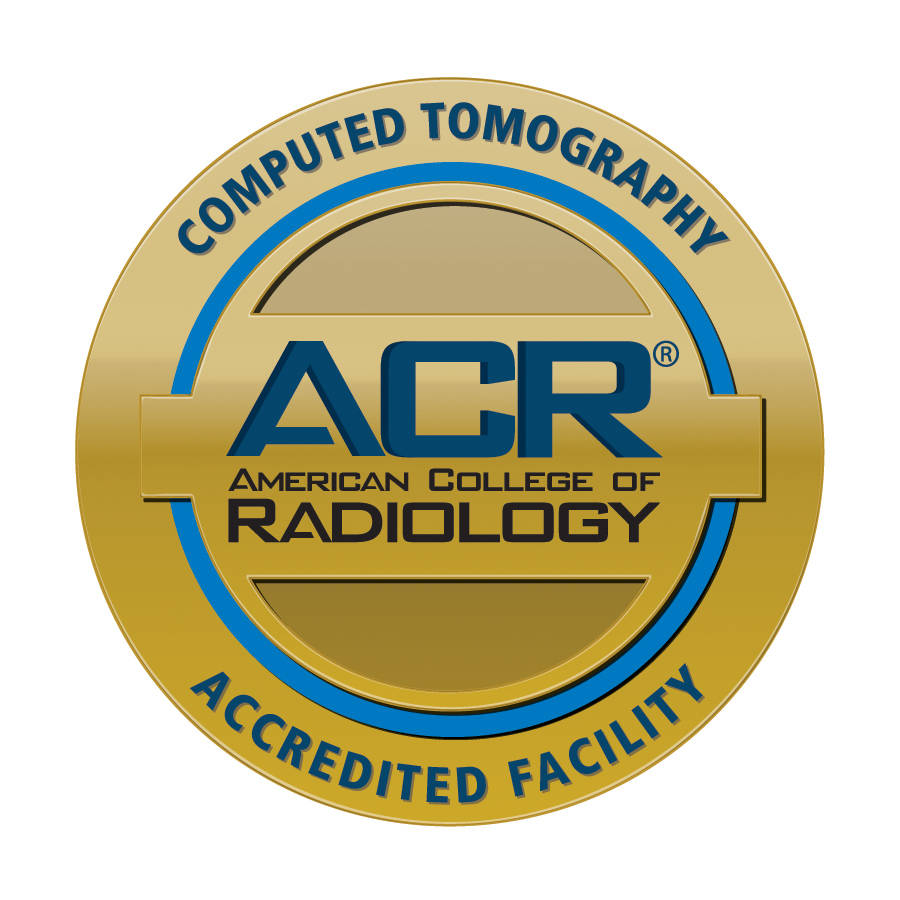Precision medicine, a rapidly evolving approach to healthcare, aims to provide tailored and individualized treatments based on a patient's unique characteristics. It takes into account factors such as genetics, lifestyle, and environmental influences to develop personalized therapeutic strategies. In this context, imaging centers play a crucial role by providing advanced imaging techniques that contribute valuable insights to the field of precision medicine. This article explores the importance of imaging center services in enhancing precision medicine and improving patient outcomes.
Imaging centers serve as essential resources in precision medicine by offering a wide range of imaging modalities that enable comprehensive assessment and monitoring of a patient's condition. These centers house state-of-the-art equipment, including computed tomography (CT), magnetic resonance imaging (MRI), positron emission tomography (PET), and molecular imaging technologies, which provide detailed anatomical and functional information.
By utilizing these imaging modalities, healthcare providers can visualize internal structures, detect abnormalities, and gain insights into disease processes. Imaging center services complement genetic and molecular profiling to create a comprehensive picture of an individual's health status, aiding in the development of personalized treatment plans.
Imaging centers employ advanced techniques that go beyond conventional imaging methods, contributing to the success of precision medicine. These techniques include:
a. Functional Imaging
Functional imaging techniques, such as functional MRI (fMRI) and PET, provide information about the activity and metabolism of specific tissues and organs. By measuring blood flow, oxygen consumption, and glucose metabolism, functional imaging helps identify functional abnormalities associated with various diseases. This data assists in tailoring treatments to individual patients, optimizing therapeutic outcomes.
b. Molecular Imaging
Molecular imaging combines imaging technologies with specific molecular probes to visualize molecular and cellular processes within the body. Techniques such as PET-CT and PET-MRI enable the detection of specific molecular targets, aiding in the diagnosis and characterization of diseases at a molecular level. Molecular imaging plays a vital role in guiding targeted therapies and monitoring treatment response.
c. Radiomics
Radiomics involves the extraction and analysis of a large amount of quantitative data from medical images. It utilizes advanced algorithms and artificial intelligence techniques to extract relevant features from imaging data, enabling the prediction of treatment response, disease progression, and patient outcomes. Radiomics has the potential to guide personalized treatment decisions and improve prognostic accuracy.
Imaging center services contribute significantly to the early detection and monitoring of diseases in precision medicine. Advanced imaging techniques allow for the identification of subtle abnormalities even before symptoms manifest, enabling early intervention and improved treatment outcomes.
For example, in oncology, imaging plays a crucial role in detecting and characterizing tumors at their earliest stages. Imaging modalities such as mammography, MRI, and CT scans aid in the early detection of breast, lung, and other cancers, facilitating timely interventions and increasing the chances of successful treatment.
Additionally, imaging allows for non-invasive monitoring of disease progression and treatment response. Serial imaging studies can track changes in tumor size, metabolic activity, and functional parameters, providing valuable information to healthcare providers regarding the effectiveness of treatment strategies. This helps in modifying treatment plans as needed, ensuring optimal patient care.
Imaging center services support precision medicine by providing image-guided interventions and facilitating targeted treatments. By combining imaging with minimally invasive procedures, healthcare providers can precisely target specific areas within the body, increasing treatment effectiveness while minimizing damage to surrounding healthy tissues.
Interventional radiology techniques, such as image-guided biopsies, ablations, and targeted drug delivery, rely on real-time imaging to guide and monitor the procedure. This approach allows for accurate tissue sampling, precise tumor ablation, and localized drug administration, improving treatment outcomes and reducing potential side effects.
Furthermore, imaging can aid in the selection of appropriate patients for targeted therapies. Molecular imaging techniques, for instance, can identify patients with specific molecular targets that are responsive to targeted therapies. This personalized approach ensures that patients receive treatments that are more likely to be effective, improving overall treatment success rates.
Effective collaboration between imaging centers and healthcare providers is essential for the successful integration of imaging data into precision medicine. Radiologists and other imaging specialists work closely with oncologists, geneticists, and other healthcare professionals to interpret imaging findings and integrate them into the overall patient management plan.
This collaboration enables a multidisciplinary approach to patient care, where expertise from different specialties contributes to a comprehensive understanding of each patient's condition. Through regular communication and case conferences, healthcare providers can leverage the insights provided by imaging center services to make informed decisions regarding treatment options, monitoring strategies, and potential therapeutic modifications.
Imaging data plays a crucial role in the integration of multiomic and clinical data in precision medicine. By combining imaging information with genetic, proteomic, and clinical data, a more comprehensive and individualized understanding of a patient's disease can be achieved.
Advanced informatics tools and data integration platforms enable the analysis and correlation of diverse datasets, leading to the identification of patterns, predictive models, and personalized treatment algorithms. This integration of imaging data enhances the accuracy of risk stratification, treatment selection, and prognostic evaluation, ultimately improving patient outcomes.
While imaging center services offer significant advantages in precision medicine, challenges exist that need to be addressed. Some of these challenges include:
a. Standardization of Imaging Protocols and Reporting
Ensuring consistent imaging protocols and standardized reporting across different imaging centers is crucial for effective data interpretation and integration. Efforts are underway to establish guidelines and protocols that facilitate seamless collaboration and exchange of imaging data for precision medicine.
b. Data Privacy and Security
The integration of imaging data with other clinical and molecular data necessitates the careful management of patient privacy and data security. Appropriate measures must be in place to protect patient information and ensure compliance with privacy regulations.
c. Interdisciplinary Education and Training
To fully harness the potential of imaging in precision medicine, interdisciplinary education and training programs are needed. This will enable healthcare professionals to effectively integrate imaging data into their practice, interpret complex imaging findings, and make informed treatment decisions.
Connect with us to learn more about how the AV Imaging team can help!

